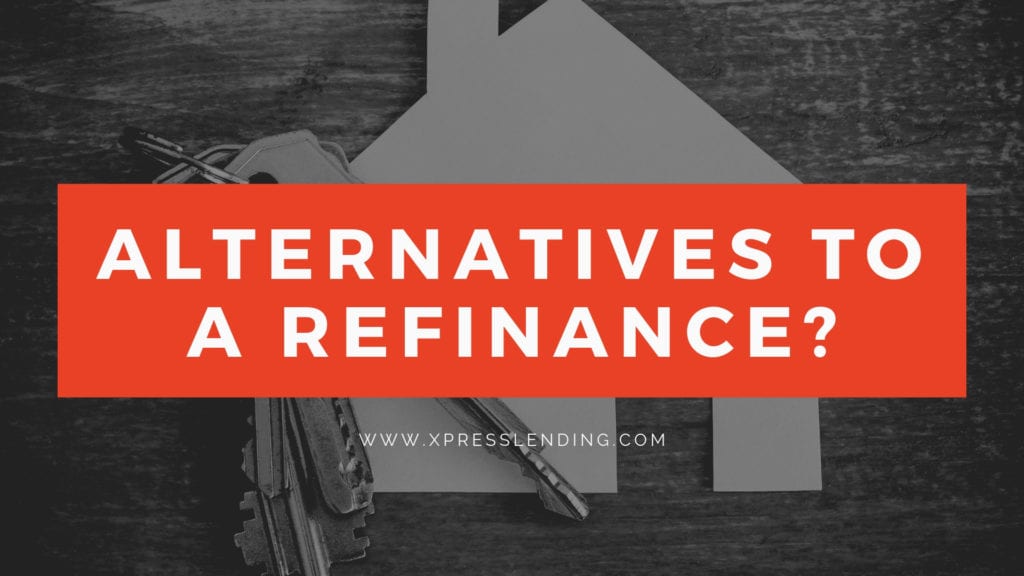
Refinancing works by giving a homeowner a brand-new loan which replaces the existing one. Borrowers apply just as they would a brand-new home loan and are required to present all the documents and necessary paperwork stating income, assets, and liabilities as if it was a brand-new loan. Lenders then reconfigure a brand-new loan with the new loan amount. These terms for the new loan could be better or worse than what you currently have but there’s usually a reason for a refinance. Perhaps you’re pulling out equity in the home to pay off credit cards, for college tuition, or remodel. Maybe you are refinancing to lower terms or a better rate?
There are a plethora of reasons someone might refinance. Perhaps you started out 10 years ago with a 30-year mortgage and now your income has increased so you’d like to drop it to a 10-year mortgage and save 10 years worth of paying mortgage payments. Perhaps interest rates have dropped since you first obtained your mortgage and you’d like a lower payment perhaps with the same terms. But remember, if you are replacing a 30-year mortgage with another 30-year mortgage, you are starting all over again. Often people will lower the term even if they are cashing out so they don’t have to restart the entire 30-year mortgage process.
Related: When does it make sense to refinance?
But are there alternatives to a refinance?
A mortgage recast is an alternative to a refinance. A mortgage recast is when a mortgage lender recalculates the existing loan by changing a variable in the loan. This works for people stuck in the subprime mortgage bust that need a modification to their existing loan. If the borrowers facing financial difficulty, the lender can recalculate the loan based on new variables including the term, the interest rate, or the amortization rate. These changes to the loan can lower the monthly payment for the borrower. The biggest difference is that you work with the same lender throughout the process and when refinancing, you can potentially shop for different mortgages through different lenders.
A home equity line of credit or a HELOC may be a better financial strategy if you don’t need a large lump sum for a big purchase. It also works if you have decent loan terms. With a HELOC, there are lower closing costs, no limitations on its use, and you only pay interest on the amount of credit used.
A second mortgage may also be an option but you are adding more to the payment rather than combining everything into one mortgage payment. If you can’t improve on the terms of your first mortgage, a second mortgage might be better. This is a fixed home equity loan possibly with less expensive or more expensive rates and terms. It’s important to weigh the costs and really find out what it is that you’re looking for.
There are a lot of alternatives but if you are refinancing, you are taking out a completely new loan. That could be good or bad depending on your goals. Everyone is different and we weigh the costs and offer suggestions for every direction.
If you’re struggling on what type of loan might be good for you, simply give us a call. A cash-out refinance might be ideal or a HELOC or other loan option might be better suited for your financial needs.
